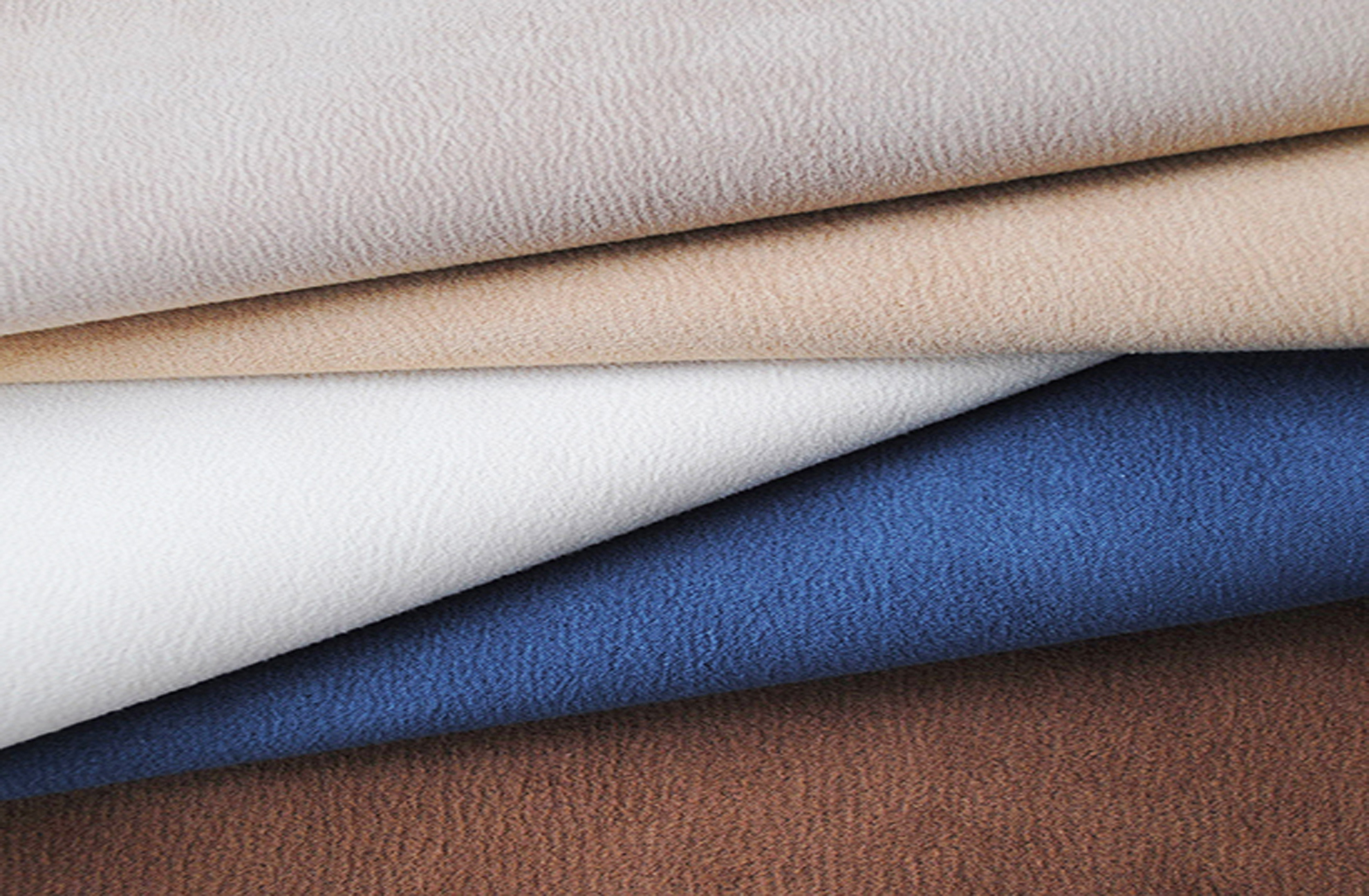DIY sofa patch
Do not rush to throw away the sofa because of the torn upholstery. If the damage is single and small, it can be repaired with a DIY patch.

How to make a sofa patch
For simple repairs, you don't have to go to a workshop or rush to a furniture store.

"But how can you repair a hole in a leather couch yourself?" - you ask. This is really a little more complicated, but it can also be dealt with with minimal cost.

We recall the sewing lessons at school, arm ourselves with scissors, a needle, thread and get to work. The main thing in this matter is to correctly calculate the size. The main load falls on the allowances, so they should be larger than the damaged area.

What materials can be made

We choose materials for repairing a sofa according to convenience:
- thermal fabric;
- plain fabric;
- leather;
- "liquid skin".

The quickest and easiest way to make a patch is from a thermal fabric. It can be in the tone of the upholstery, but with multiple damage, contrasting options are acceptable. In this case, we place the stripes randomly.

It happens that the thermal fabric cannot be found, then we buy fabric for upholstery in the store. Choose one that matches the texture and color.

For leather pieces of furniture, choose leather of a similar tone or special "liquid leather".
Design or color of the patch
Classic sofas should be repaired as discreetly as possible. The patch should not draw undue attention to itself.

In modern models, and even more so if the general style of the room allows, you can "hooligan". We release imagination and create. Patches can be:
- curly;
- colored;
- with characters and others.

Creativity will help not only refresh the sofa, but also make it more relevant if the appearance of the "four-legged friend" is slightly outdated.

Process of creation
First you need to carefully examine the sofa. It is more convenient to close up all the scuffs and holes at once. Having estimated the scale of the work to be done, we proceed to the preparatory stage.

Making a DIY patch is pretty simple. We take the selected fabric and measure the flap, cut out the desired shape.
Remember! It must be several centimeters larger than the damaged area in order to withstand the loads during further operation.

How to patch up a hole in a sofa (fabric, leather, or other materials)
Having finished with the preparation, we proceed directly to the sewing process.In this matter, accuracy and concentration are important.

The finished patch
If you decide to patch up the damage on the sofa, you will need an iron, thread and a needle for further work. It is better that the tools are special, designed for repairing furniture, but ordinary ones can be dealt with.

When working with fabric or leather, the procedure is as follows:
- We place it inside the hole.
- We make a basting with a thread and a needle.
- We sew it in a circle. The stitches should be small and blind.

Helpful advice! You can replace the classic leather patch with a paper napkin. Apply “liquid skin” to it, apply it to the damaged area and cut it out in shape. Then thoroughly dry the resulting template. We use it like a regular fabric.

When working with leather furniture, add a layer of "liquid leather" after that. It will hide all the irregularities on the surface. If the hole was initially not too large, you can glue it:
- Degrease the surface.
- Let's dry it.
- We cover the damage with a product of the desired color.
Important! Any contact with the surface should be avoided until completely dry.
Sew up the hole
Small holes or loose seams can simply be sewn up. It is safer to put a piece of fabric inside the damage and then sew first one and then the other side. It is better to connect them as close as possible. This method will prevent further separation of the tissue in this place.

We work in the same way with leather furniture. We put a piece of leather inside and sew along the depressions.
Bonding fabric to fabric
This method is the simplest, suitable for both fabric sofas and leather sofas.

In the first case, we use thermal fabric:
- Cut out a piece of the required size, going beyond the edges of the hole.
- We put it on top of the damage.
- We go through the iron.

When it comes to leather sofas, then "liquid leather" comes to the rescue.
- We clean the edges of the gap from debris and parts of the coating, degrease it.
- We apply the mixture.
- Let it dry.
Do not rush to get rid of your favorite sofa if traces of exploitation appear on it. You can always update its look yourself with fabric and sewing tools.

Even restoring torn upholstery can be approached with creativity. If you don't just patch up all the scuffs, but add brightness or even the shape of the patches, the result can be a real art object.

Leather furniture can also be updated on your own, but additional materials will be required. You need to try and work with your hands, but in the end, the sofa will serve you for a long time.
Video: we sew a sofa with our own hands









